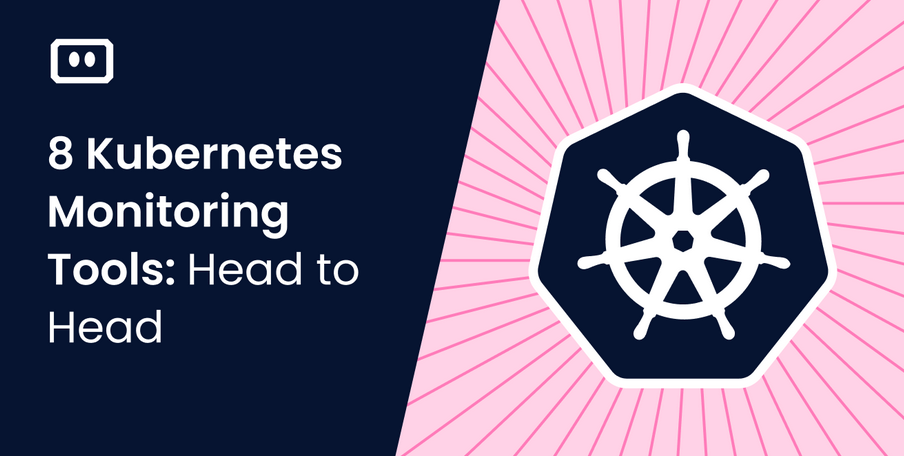This is a multi-cloud security auditing tool that assesses cloud environments based on CIS Benchmarks and best practices. It provides a comprehensive report of security vulnerabilities and misconfigurations across AWS, Azure, and GCP accounts. Key features are automated security audits, customizable policies, and reporting. For more details, refer to https://github.com/nccgroup/ScoutSuite.
OpenSCAP
This is a security compliance framework that enables automated vulnerability scanning, configuration assessment, and policy enforcement for cloud environments. It supports multiple cloud providers, including AWS, Azure, and GCP. Key features include automated compliance scanning, customizable policies, and integration with popular tools such as Ansible and Puppet. For more details, refer to https://www.open-scap.org/.
Cloudnosys
This is a cloud security and compliance platform that helps organizations manage cloud risks and automate compliance reporting. It supports multiple cloud providers, including AWS, Azure, and GCP. Key features include continuous monitoring, automated remediation, and compliance reporting. For more details, refer to https://cloudnosys.com/an-insight-to-the-cloud-security-solutions/.
Overall, using an open source CSPM tool can be cost-effective and can also offer a greater degree of control and flexibility compared to commercial CSPM solutions. However, it is important to note that open source tools may require additional effort and expertise to set up and maintain, and they may not provide the same level of support or feature set as commercial solutions.
Summary
CSPM tools are essential for organizations to maintain security and compliance in their cloud environments. We learned about various CSPM solution types including cloud provider-native solutions, third-party, and open source CSPM tools. We also carried out a comparative analysis to understand why an organization needs to spend money on third-party CSPM tools. There are some security concerns around using open source CSPM tools, including the risk of vulnerabilities in the code and lack of support compared to commercial solutions. The benefits of using a CSPM tool include reducing the risk of data breaches, improving compliance with regulatory frameworks, and increasing visibility and control over cloud environments.
Leveraging the learning from this chapter, we are going to talk about how to select the right tool based on the organization’s needs next. We will also learn how to plan and perform a PoC for the CSPM product.
Further reading
To learn more about the topics covered in this chapter, visit the following links:
